8 Types of Eco-Friendly Food Packaging

Statistics indicate that consumer packaging causes the most amount of plastic and paper waste, which is about 20 percent of all waste in landfills. Eco-friendly packaging is known to others as sustainable packaging, green packaging or environment-friendly packaging. It is the use of earth-friendly materials to package a product. A company that uses eco-friendly packaging materials can communicate its values on environmental conservation to its customers.
Below are eight different types of eco friendly food packaging that are kind to the environment.
1. Kraft Paper

These types of eco friendly food packaging are used internationally in the industry. Also known as butcher paper or brown paper, it derives its name from the German word Kraft, which means resistance, strength and effectiveness. Kraft paper is made of wood pulp. It’s coarse and brown in colour. Since the materials used to make these bags are mostly plant-based, they are very friendly to the environment. These types of eco friendly food packaging are also recyclable and compostable, making it very appealing, especially to environmentalists.
2. PET Plastic
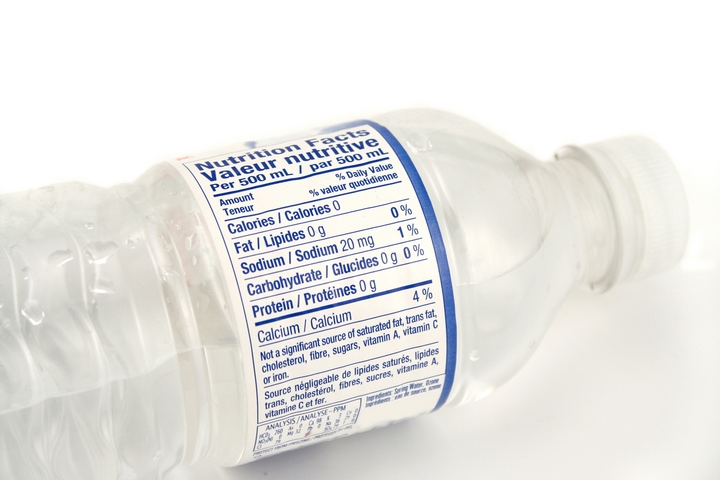
This type of packaging uses plastic materials that are safe, non-toxic, strong, flexible, and recyclable. It is one of the most popular transparent packaging materials often preferred over glass packaging due to the safety it provides. It is very light and is available in different colours. Another advantage of using PET plastic packaging is that it offers an excellent barrier; hence, the integrity of a product is maintained. They are available in various shapes, sizes and designs.
3. Cornstarch

The materials used to make these types of eco friendly food packaging are derived from corn and maize plants. This means they are biodegradable, which is critical when it comes to environment conservation. It is imperative that you dispose of the packaging material properly to ensure it does not take too long to decompose.
When properly disposed of, the materials will break down into carbon dioxide and water, which cause no harm to the environment. The materials are cheap, sustainable, and easy to produce; hence, they are ideal for companies with a wide variety of foods to package.
4. Glass Packaging

Glass is a trusted eco-friendly material. A consumer may choose this type of packaging over the others due to its ability to preserve a product’s taste and integrity. Its main advantage is the fact that it can be used over and over without losing its quality or purity. The commonly used glass containers in food packaging are bottles with narrow necks and jars or pots that have wide openings. Since glass is inert, it is healthy and safe to use.
5. Metal Packaging
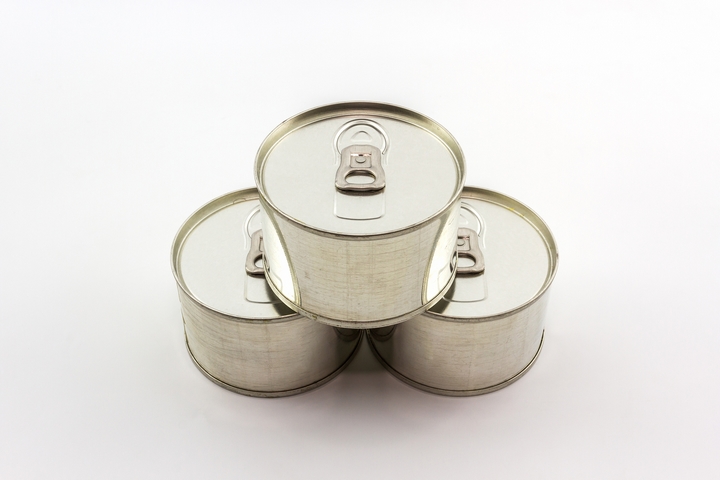
This type of packaging has been used since the 1990s. Primarily, metal packaging is used in the packaging of carbonated and non-carbonated drinks. It has a statistically proven safety and sustainability record and offers a wide variety of designs to choose from. According to statistics, a shocking 80 percent of metal bottles ever produced are still in use to date.
This recycling prowess helps in environment conservation and a reduction of waste that ends up at landfills. Metal packaging is, therefore, one of the most eco-friendly packaging methods since they can be recycled to infinity. However, you should practice package integrity testing methods to ensure everything is safely contained and secure.
6. Bubble Wrap Packaging
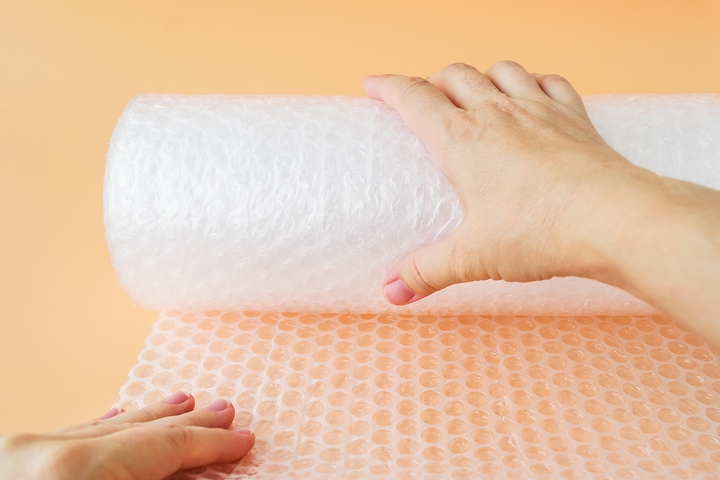
Simply put, this is a flexible, transparent plastic material mostly used to package fragile items. The protruding and equally spaced out air bubbles aid in cushioning the items. While part of the bubble wrap has a completely flat surface, the other half is filled with tiny bubbles. The surface with bubbles should always be directly wrapped against the surface of the item and not the other way round. Bubble wraps can be recycled alongside your plastic bags at designated recycling points.
7. Recycled Cardboard and Paper Packaging
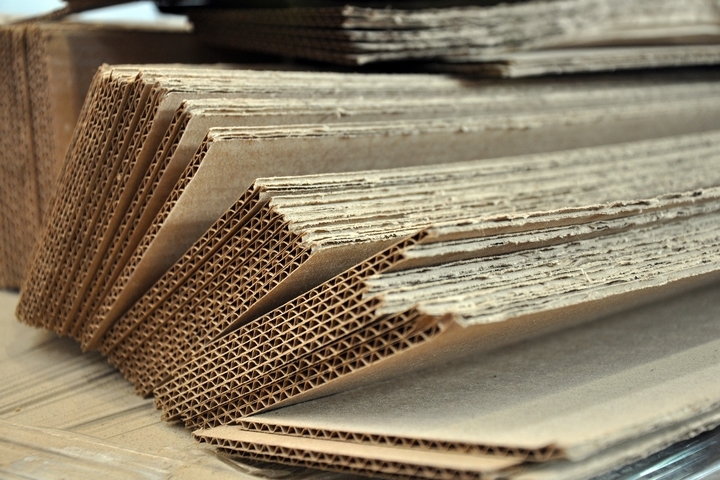
Cardboard and paper are organic materials that are friendly to the environment. Many drop-off facilities collect cardboard, which is often recycled to make cereal boxes, fast food boxes, frozen food boxes, and other various paper and cardboard packaging applications. On the downside, the recycled paper and cardboard contain harmful mineral oils and other substances that may contaminate the food beyond the safe-for-consumption level.
8. Compostable Bowls with Lids Packaging
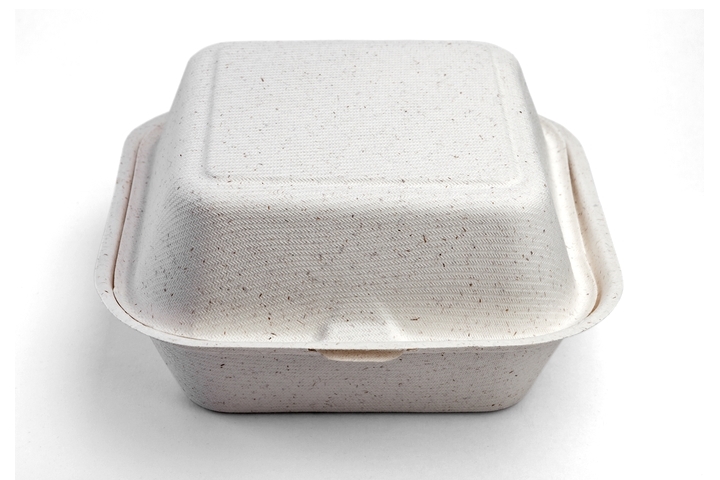
These are usually made from sugarcane fibre, which is a byproduct from sugar manufacturing factories. It is safe to use in a microwave and is also 100 percent biodegradable. For effective decomposition, there is a need to involve a commercial composting facility. The next time you are having a picnic or a cookout, you might want to consider using compostable bowls over the usual plastics.
The earth has, over the years, become extremely polluted. Most countries are recognizing the need to reduce the amount of disposable waste. For this reason, they have gradually embraced the use of eco-friendly packaging. It is our individual responsibility to care for our planet. So, in whatever little way you can, take care of your part of the world by using eco-friendly packaging.


